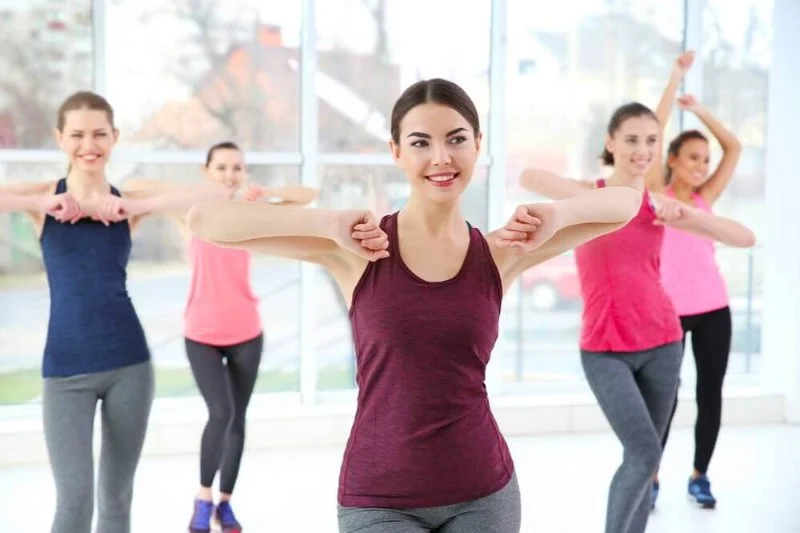
How to Create a Dance Resume for Auditions or Applications
- Why a Dance Resume is Essential
- Key Components of a Dance Resume
- Common Mistakes to Avoid
- Tips for Enhancing Your Dance Resume
- Real-Life Examples of Effective Dance Resumes
A well-crafted dance resume is an essential tool for anyone pursuing a career in dance, whether you’re applying for a dance company, an audition, or a teaching position. Your resume is often the first impression you’ll make on casting directors, choreographers, or hiring managers, and it can set you apart from other dancers. An effective dance resume should highlight your skills, experiences, and unique qualities that make you stand out in the competitive world of dance. It’s your opportunity to showcase your talent and professionalism in a concise and organized way.
To create a strong dance resume, it’s important to include several key components that provide a clear picture of your qualifications and abilities. Here are the most essential sections:
- Header: Start with your name, contact information, and your dancing specialty (e.g., ballet, contemporary, jazz, etc.). Make sure your name is large and bold so it stands out immediately.
- Objective Statement: A brief sentence or two about your goals in the dance world. Tailor this to the specific position or audition you’re applying for.
- Dance Training: List your formal dance training, including the schools you attended, any specific techniques studied, and notable instructors. Include dates to show your progression and dedication to learning.
- Performance Experience: Include details about professional performances, stage credits, or relevant dance work. Provide the names of productions, roles played, and the companies or theaters where you performed.
- Skills and Techniques: Highlight specific dance techniques or styles you excel in, such as ballet, modern dance, hip hop, or tap. Include any special skills like choreography, teaching, or acrobatics.
- Professional Experience: Include any dance-related jobs such as performing, teaching, or assisting in productions. This section helps show that you have real-world experience in the field.
- References: If possible, include references from well-known choreographers, teachers, or directors who can vouch for your abilities and character. If you’re just starting out, you can omit this section.
While crafting your dance resume, there are several common mistakes that you should avoid:
- Overloading with Information: Keep your resume concise—don’t list every single performance or class you’ve taken. Focus on the most relevant experiences and achievements.
- Neglecting Format: A messy or hard-to-read resume can hurt your chances. Stick to a clean, professional layout with plenty of white space and clear headings.
- Omitting Important Information: Don’t forget to include all essential information, especially your training background and key performances. Failing to mention these could leave a gap in your qualifications.
- Using Outdated Contact Information: Always make sure your contact details are up to date. A potential employer should easily be able to reach you.
To enhance your dance resume and make it stand out even more, try these tips:
- Use Action Verbs: Describe your experiences with dynamic action verbs such as “performed,” “choreographed,” or “directed” to make your resume more engaging.
- Customize for Each Application: Tailor your resume for each specific audition or job. Emphasize skills or experiences that align with the job requirements.
- Include a Dance Headshot: A professional, high-quality photo of you in a dance pose adds a visual element to your resume and helps casting directors remember you.
- Keep It Updated: Update your resume regularly with new performances, classes, and skills to reflect your growth as a dancer.
Here’s a real-life example of a successful dance resume:Sophie Davis is a contemporary dancer with extensive training in both classical and modern dance styles. She lists her training at renowned institutions, including a year with the Martha Graham Dance Company. She also includes detailed performance experience with major dance productions and workshops. Additionally, Sophie includes a high-quality headshot and specific choreography credits that demonstrate her leadership abilities in dance. Her resume not only lists her skills but also conveys her dedication and passion for the art form.
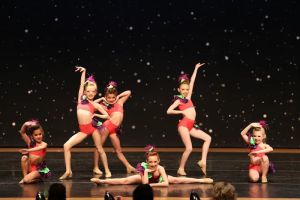
Imagery In Motion Dance / imagery in motion
308 FM1830 STE 16C, Argyle, TX 76226, USA
Conclusion
Creating an effective dance resume is an essential step in advancing your dance career. By following the structure outlined above and avoiding common mistakes, you’ll create a professional and compelling resume that catches the eye of recruiters, choreographers, and dance companies. Remember to update your resume regularly and tailor it to each application for the best results. If you need assistance or expert guidance, visit Creative Edge Dance Studio for advice on making your resume the best it can be and accessing the tools you need to succeed in your dance career.
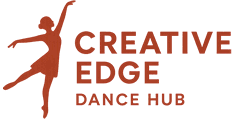

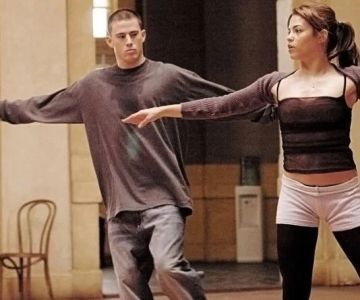
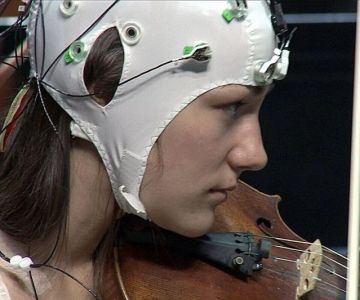


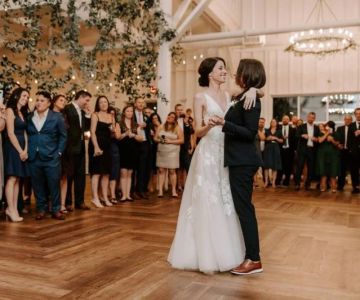
 Foot Works Performing Arts Center4.0 (46 reviews)
Foot Works Performing Arts Center4.0 (46 reviews) 5678dancenow.inc5.0 (7 reviews)
5678dancenow.inc5.0 (7 reviews)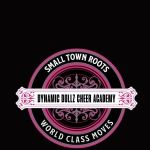 Dynamic Dollz Cheer Academy5.0 (3 reviews)
Dynamic Dollz Cheer Academy5.0 (3 reviews) Betty's Big Country Dance Hall4.0 (62 reviews)
Betty's Big Country Dance Hall4.0 (62 reviews)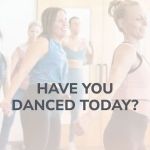 Jazzercise MIddletown Fitness Center5.0 (17 reviews)
Jazzercise MIddletown Fitness Center5.0 (17 reviews)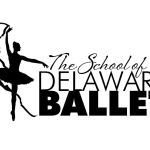 School of Delaware Ballet5.0 (11 reviews)
School of Delaware Ballet5.0 (11 reviews)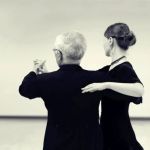 The Etiquette of Dance Classes: Unwritten Rules You Should Know
The Etiquette of Dance Classes: Unwritten Rules You Should Know How to Navigate Dance Studio Websites to Find the Right Info
How to Navigate Dance Studio Websites to Find the Right Info The Etiquette of Dance Classes: Unwritten Rules You Should Know
The Etiquette of Dance Classes: Unwritten Rules You Should Know The Science of How Learning Dance Benefits Your Brain
The Science of How Learning Dance Benefits Your Brain How to Transition from Dance Classes to Social Dancing: A Complete Guide
How to Transition from Dance Classes to Social Dancing: A Complete Guide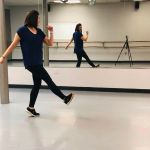 How to Build Your Dance-Related Side Business: My Journey and Tips
How to Build Your Dance-Related Side Business: My Journey and Tips